These water use comparisons will help close the public perception gap in surf park resource allocation

The annual water use in the Coachella Valley is staggering when compared to various recreational facilities. The water use of all golf courses in the area could support 11,000 Palm Springs Surf Clubs, 2,161 Endless Surf 34s, 1,967 Wavegarden Coves, or 853 Coral Mountain KSWaveCo Lagoons. On average, one golf course in the Coachella Valley consumes the same amount of water as 92 Palm Springs Surf Clubs, 17.5 ES 34s, 16.4 DSRT Surfs, or 7 Coral Mountain KSWaveCo Lagoons.
From Surf Park Central
In Part 1 of this article we looked at the gap in perception about surf parks and golf courses in terms of their use of water. While four proposed surf park developments in the Coachella Valley were publicly castigated in the media as monumentally stupid, no mention was made of the region’s 120 golf courses each using 277 million gallons of water per year.
The Coral Mountain surf park proposal was eventually rejected by the local government on the basis of its water use, only to be replaced by yet another golf course that will use significantly more water than the surf park would have. Something was monumentally stupid, but I’m not sure it was the surfpark being proposed.
People are used to natural resources being invested in golf courses. The water being used is not sitting on the surface for all to see. There is something the public finds galling about drawing sufficient water from the desert aquifers to create a surfing venue even if that amount of water is a fraction of that used on a golf course that they have no problem with. Is it the perceived frivolity of surfing or the ‘out of sight out of mind’ nature of golf course water consumption? Is it a combination of both? It for sure isn’t a comparison of water use between golf courses and surf parks, particularly in low precipitation, high evaporation environments.
Endless Surf was kind enough to provide an estimate for an ES 34 operating in Europe at 4.5 million gallons of water annually. ES systems do not require an annual maintenance drain and refill.
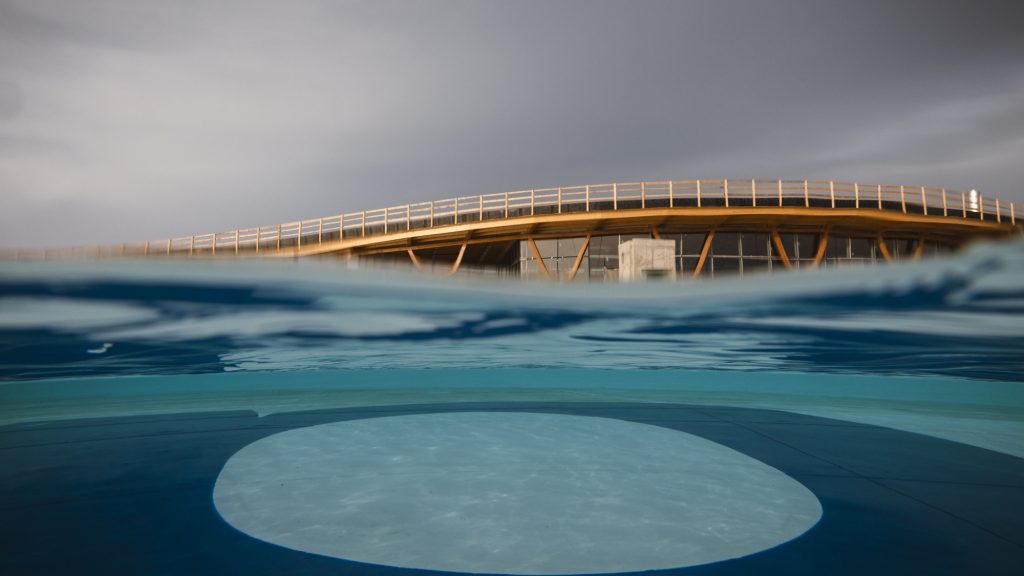
Obviously, Europe is going to experience more precipitation and less evaporation than the Coachella Valley so let’s be very conservative and assume the same facility in Coachella Valley would use 3.5x the water. That would be 15.75 million gallons. Palm Springs Surf Club estimates it will use 3 million gallons per year, this seems very low and apparently involves a filtration system that reuses backwash water and doesn’t require maintenance draining and refilling. DSRT Surf’s large Wavegarden 52 system, given that Wavegarden Coves no longer require annual maintenance drain and refill (6.9 million gallons for a basin of this size), estimates it will use 16.9 million gallons per year, but will completely offset the water use by removing 1 million square feet of unnecessary turf from the adjoining Desert Willow Golf Course, replacing it with xeriscaping and native drought-tolerant plants.
In fact these initiatives are set to save the project 34 million gallons of water per year, a net saving of 17.1 million gallons (enough to supply another surf lagoon of the same size). The reduced scope KSWaveCo facility at Coral Mountain, which was ultimately rejected, estimated it would use 39 million gallons per year.
By contrast the Coachella Valley’s 120 Golf Courses each use (on average) 277 million gallons of water on average per year. That’s 33,250,000,000 gallons of water annually or 15.38 million gallons per hole.
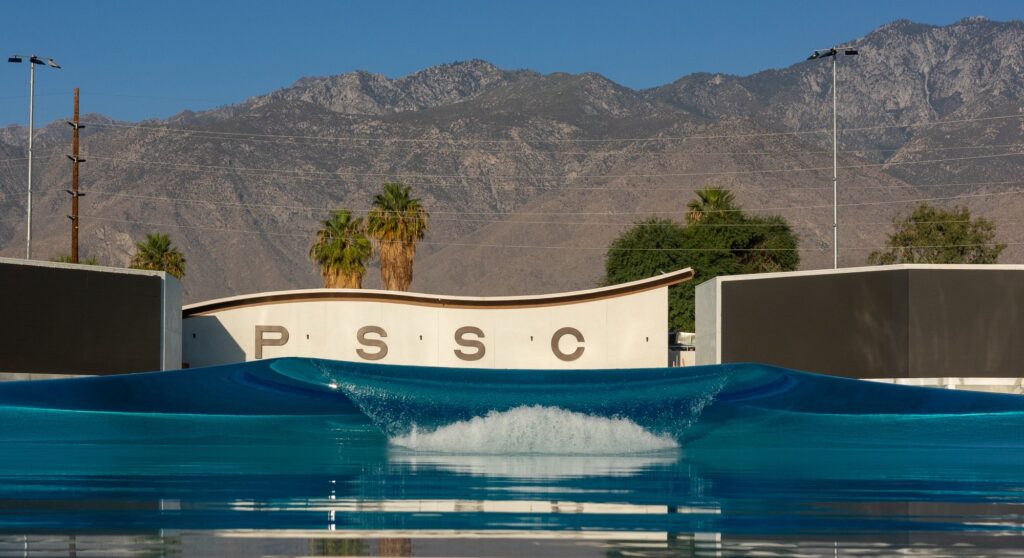
In terms of annual water use in the Coachella Valley:
– Palm Springs Surf Club is equivalent to 20% of one hole of golf
– An ES 34 (based on 3.5x water use of Europe) is equivalent to one hole of golf
– DSRT Surf is equivalent to 1.1 holes of golf
– The scaled back Coral Mountain KSWaveCo that was rejected because of its water use, only to be replaced by a golf course, is equivalent to 2.5 holes of golf
The amount of water currently used on all the golf courses in the Coachella Valley could support
– 11,000 Palm Spring Surf Clubs
– 2,161 Endless Surf 34s (at 3.5x Europe water use)
– 1,967 52-module Wavegarden Coves.
– 853 Coral Mountain KSWaveCo Lagoons
One average golf course in the Coachella Valley uses the equivalent amount of water as
– 92 Palm Springs Surf Clubs
– 17.5 ES 34s (at 3.5x Europe water use)
– 16.4 DSRT Surfs
– 7 Coral Mountain KSWaveCo Lagoons

According to the national golf foundation there were nearly 16,000 golf courses in the US at the end of 2023. Water use on golf courses varies across the US and it is much higher in places like the Coachella Valley, the average across the US is 200 million gallons per course. That represents 3.2 trillion gallons of water to support 16,000 golf courses serving the 26.6 million on-course golfers in 2023 who played 531 million rounds of golf. This equates to 120,300 gallons of water per golfer per year in the US and 6,387 gallons per individual round of golf, and 355 gallons for each individual hole of golf played by each individual player. By contrast the estimates of an ES 34 lagoon in Europewill require 4,507,567.7 gallons of water per year. Endless Surf provided estimates for the surf park at just under 290,000 surf sessions per year (inclusive of beginners) consisting of 3.5 million waves. This equates to 15.5 gallons per individual surf session and 1.3 gallons per wave produced. At a 3.5x water use estimate in the Coachella Valley that is 46.5 gallons per wave produced and 4.6 gallons per wave The differences are stark.
What about other forms of water intensive recreation that are unflinchingly accepted? How do they compare to surfparks in terms of water efficiency? There are so many baseball fields in the US that they are talked about in terms of fields per 10,000 residents in the United States, numbers that exceed 4 baseball fields per 10,000 people in the most densely baseball-ed cities. A regulation baseball field is 4.5 acres and will generally have about 2.5 acres of turf (55% of total area) and use 62,500 gallons of water per week – 3.25 million gallons per year.

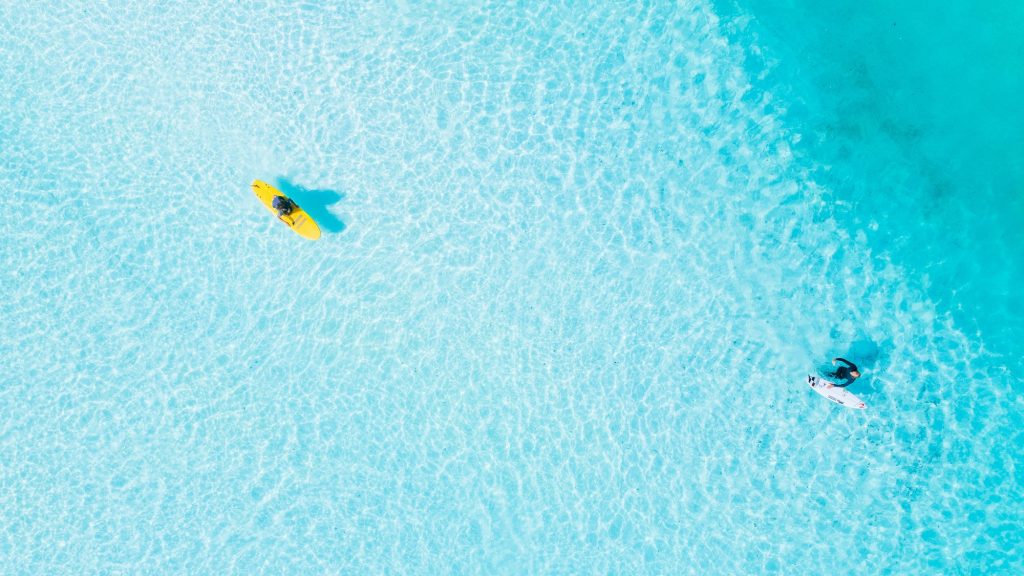
There are seven adjoining baseball fields in my local little league facility in San Diego and there are more than 800 little leagues in California alone. A little league field is considerably smaller than a regulation field at 1.5 acres, assuming the same proportion of turf to total area as a regulation field, that is 0.825 acres of turf for a little league field. 0.825 acres is 33% of 2.5 acres. 33% of the 62,500 gallons used on a regulation field is 20,625 gallons per week and 1.73 million gallons per year per field. With the 7 fields in my local league’s complex that’s 7.51 million gallons per year.
There are more than 5,500 leagues across the country. Assuming all are the same size as my local league, these would use 41.3 billion gallons of water per year just on the turf on the fields themselves. There are 2.6 million little league competitors in the US so that equates to 15,886 gallons per player. My figures are extremely back-of-the-napkin rough, so lets be incredibly conservative and assume that my figures are off by 90%, that’s still 1589 gallons per player per year, or the equivalent of 1,222 waves at an ES 34 in European climatic conditions.
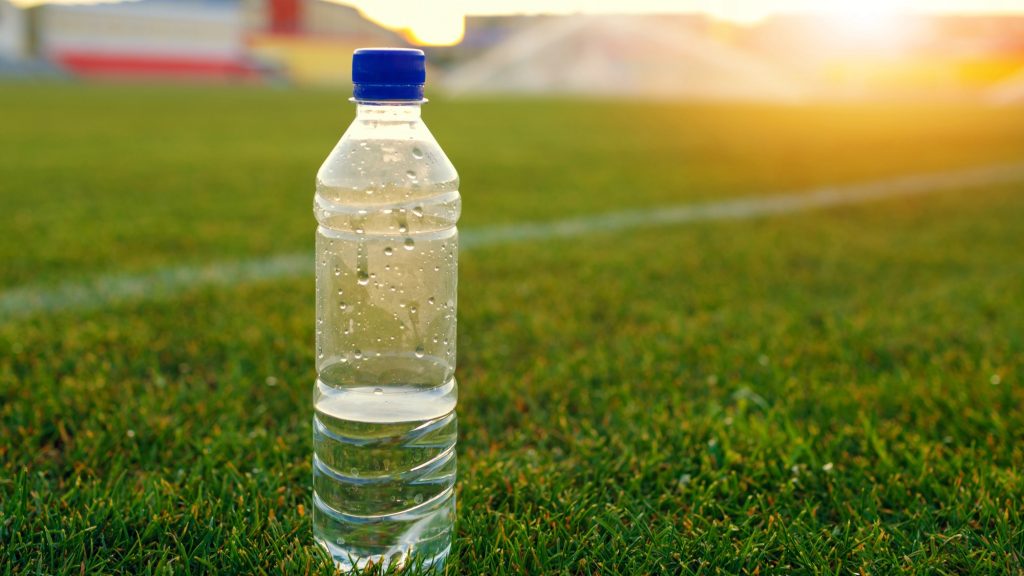
A football field takes 60,000 gallons of water per week to keep in good condition. There are 858 college football teams and 16,000 high school football teams in the US. Assuming each has a field that is around US 1.01 billion gallons of water used per week, 52.6 billion gallons per year. Again lets assume a 75% error margin, that’s 13 billion gallons per year. 1.04 million high school students and 71,00 college students play football for a total of 1.11 million. So that’s 47387 gallons per player. Lets be conservative again and allow that I may well be off by as much as 90%. That’s still almost 4739 gallons of water, or 3,645 waves at an ES 34 in European climatic conditions, for each highschool and college football player.
There are a staggering 10.7 million swimming pools in the United States, one for every 31 people in the country, though only 309,000 of these are open to the public. The average volume of a swimming pool in the US is 18,000 gallons, so it takes 192.6 trillion gallons to fill them all, and about 149.8 trillion gallons to top up each year – the annual top up is roughly fifty times greater than the water use of the entire golf industry of the United States – or roughly 115 trillion waves at an ES 34 in European climatic conditions, enough for 346,490 waves per year for every man woman and child in the United States (950 waves per day).
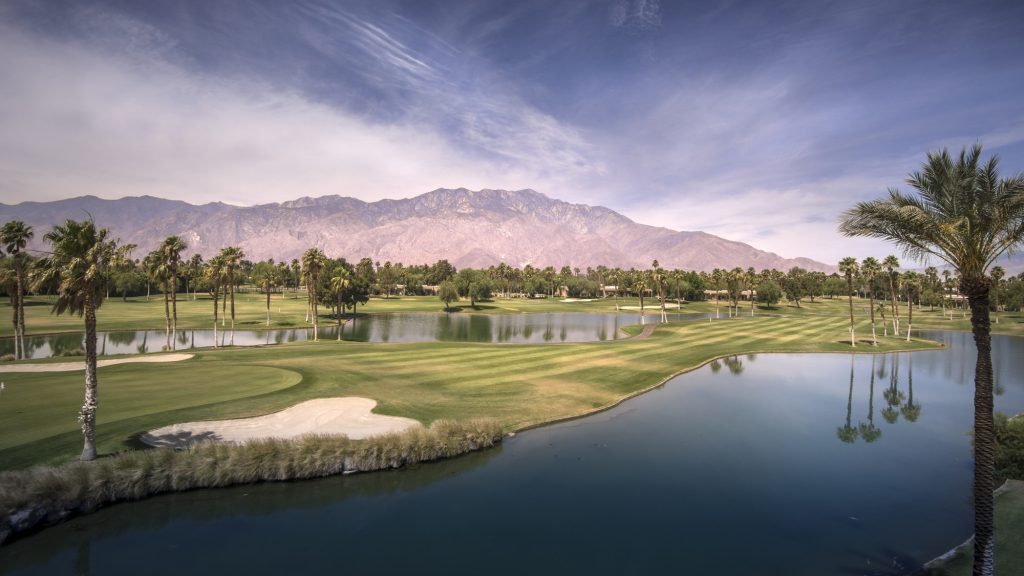
My point is not to decry the use of water for recreational purposes, and not to disparage sports loved by millions. My point is to put the use of water for recreational purposes into perspective. Golf, baseball, football and swimming are all wonderful forms of recreation enjoyed by millions of people in places created for that specific form of recreation. Each, to varying extents, creates its own forms of community, nurtures youth, and provides the benefits that physical fitness, social interactions that sport can provide. We invest our time, money and natural resources into these sports and recreation spaces and opportunities because we, as a society writ large, understand the value. Surfing, and in particular surfing in purpose built lagoons that involve the use of land and water (just like golf, baseball, football, and swimming – but way less per user) has all the same benefits, but has not reached the same place of acceptance of other forms of recreation in wider society.
Maybe we need to see surf parks facilitating junior surfing leagues and competitive pathways leading to college scholarships, amateur world championships, olympic opportunities, and lucrative professional careers in places distant from traditional surfing spaces before this changes? There is a good deal of anecdotal evidence of minds changing among communities that were vehemently opposed to surf park developments in their backyards once the surf parks opened and the benefits to communities were realized. I do think perceptions will change, but I also think we need to get better of telling the story of why surfing is special, why it is worthy of investment of capital and natural resources, and hows its resource use is relatively meager compared to other forms of outdoor recreation that are readily accepted by society, while the benefits in terms of investment, employment, physical and mental health, community building, and well being and perhaps even greater.

Related Coverage
